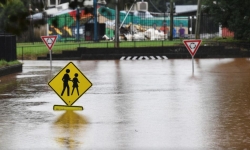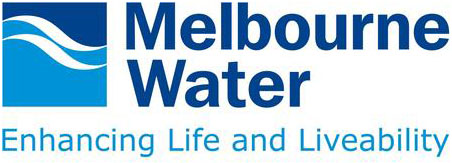news
What can Victoria learn from the NSW Flood enquiry?

17 August 2022
The New South Wales premier Dominic Perrottet handed down the report of the independent inquiry into the 2022 floods on 17 August.
The inquiry found several failures and made 28 recommendations for change, which it said were “intended to provide practical, proactive and sustained mechanisms to ensure readiness for and resilience” ahead of future floods.
Five of the key issues raised were;
- The SES was unprepared - the inquiry found that organisation didn't have an adequate culture around emergency planning. It was noted that the SES does not have enough funding to achieve the same performance outcomes as agencies like the Rural Fire Service (RFS), which receives four times the funding of the SES.
- Land swaps and land buy backs are needed in high risk settlement areas such as Lismore.
- The Resilience NSW disaster agency underperformance was a result of its small size and the big scope of its remit. The inquiry found Resilience NSW actually contributed to confusion about who was responsible for what.
- Emergency telecommunications and power systems are needed - This means moving critical infrastructure off the flood plains and improving power backup arrangements.
- NSW Rain gauges in key areas were not fit for purpose.
Many of the findings were NSW specific but Victoria can benefit from these learnings. Understandably Victoria has had a strong emphasis on fire preparedness but response to flooding, high wind and high heat events must also be a focus.
The importance of early warning systems and backup/ emergency telecommunications & power are issues that have been raised in inquiries after the 2020 NSW fires, the 2021 Victorian high wind / storm event and the 2022 NSW floods.. There are ongoing learnings for the Victorian Government and the key agencies including Resilience Victoria and the Victorian SES.
Read the ABC article on the Five Key issues raised in the 2022 NSW Flood inquiry
